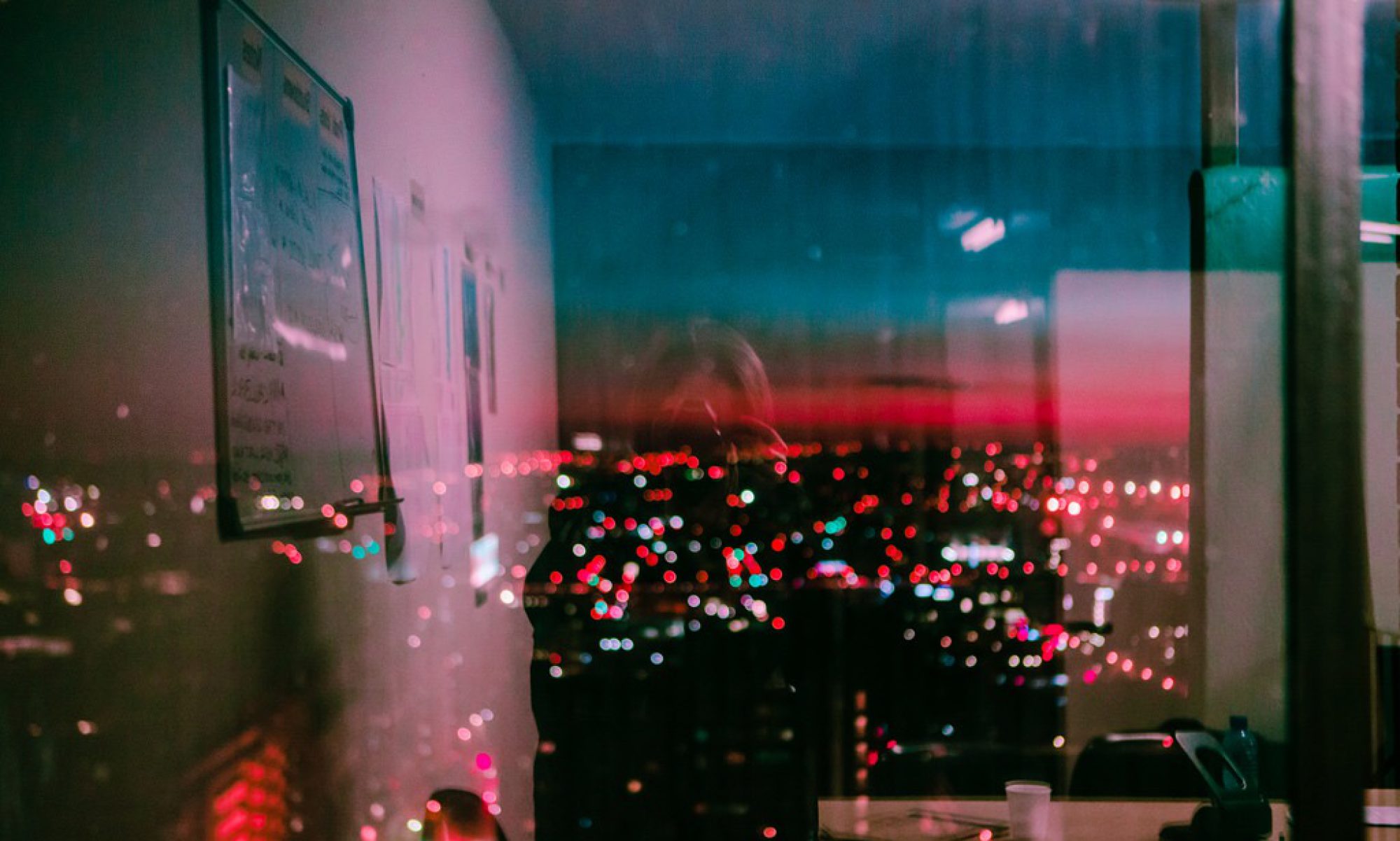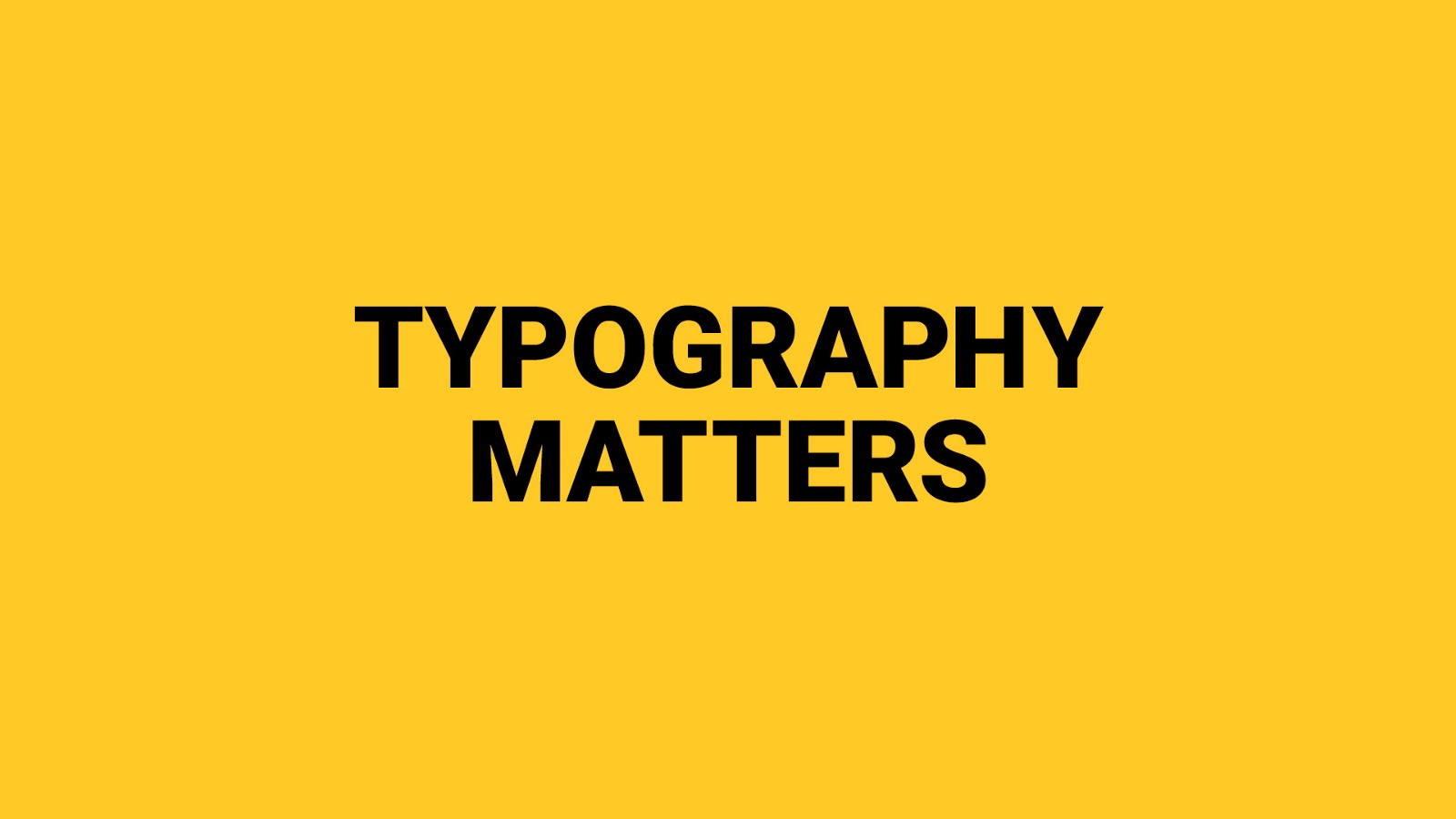
ABOUT THE ARTIST
Paula Scher is an American illustrator, painter, graphic designer, and art educator. She moved to New York City and worked as a layout artist for Random House.
She worked in CBS Records for eight years as the cover department art director; during that time, she designed several hundred album covers. She then left CBS to pursue her own work, including the development of a typographic solution based on Russian constructivism and Art Deco.
Scher joined Pentagram in 1991, becoming the first female principal to join the company. The following year, she became an art educator at the School of Visual Arts in New York, and since then, she has received hundreds of design awards. She even has her own exhibition in New York. Many of Scher’s designs have become synonymous with New York City culture.
Paula Scher is one of the most influential graphic designers in the world. Described as the “master conjurer of the instantly familiar,” Scher straddles the line between pop culture and fine art in her work. Iconic, smart, and accessible, her images have entered into the American vernacular.
HER WORKS
She has so many to even start with. Here are some below.

Scher developed a typographic solution based on Art deco and Russian constructivism, which incorporated outmoded typefaces into her work. The Russian constructivism had provided Scher inspiration for her typography; she didn’t copy the early constructivist style but used its vocabulary of form on her works.
The Public Theater logo evolution

Scher’s

In 1994 Paula Scher designed a poster for the New York Shakespeare Festival that introduced a new identity for the Public Theater, a program that would eventually influence much of the graphic design created for theatrical promotion and for cultural institutions in general. She said “You can basically take any version of sans serif font, organize it in the same way and with the same proportions and it would be recognizable as The Public’s logo,” says Scher. “The system was designed to be flexible because we knew it would need to be handled by individual designers over the years.”
Reflect Us


Reflect US is a “nonpartisan coalition of eight leading women’s political organizations working together to increase the number of women in office and achieve equal representation across the ideological, racial, ethnic and geographic spectrum.”
The visual identity created by Paula Scher here is obvious. The colours used to present ‘democracy’ with the big bold red screaming “JOIN US” – bold and encouraging for the women in USA.
Swatch

You can sort of see that the Swatch poster she did above includes inspiration derived from Russian constructivism artworks.
LEARNING POINT
I’m very intrigued by Scher’s use of bold colours and unusual layout of text because she actually makes it work. It looks great and not messy at all. She places her text in a certain flow or a different direction, and that creates movement in the work. To me, that really gives an overall refreshing look.
Most of her works have this energetic vibe towards it and I guess that’s partly due to her use of contrasting colours as well. That’s why it’s so mesmerising to look at. It’s cool how when you look up on her name, she is known for a lot of her amazing works, plastered everywhere such as famous brands like Swatch or Atlantic Records. Even designing works advocating women power lately in 2018? That is very inspiring.
References:
https://www.pentagram.com/about/paula-scher
https://fontsinuse.com/uses/20796/reflect-us
https://99designs.com.sg/blog/famous-design/paula-scher-titan-of-postmodern-design/
http://www.historygraphicdesign.com/the-age-of-information/postmodern-design/207-paula-scher
http://www.artnet.com/artists/paula-scher/biography







































